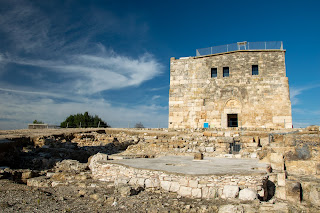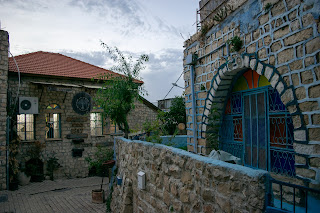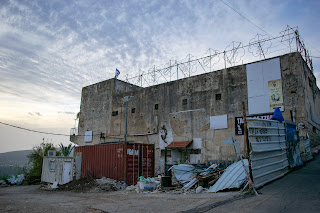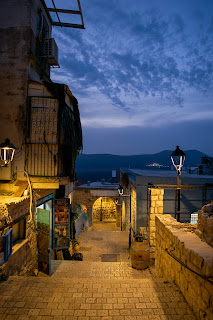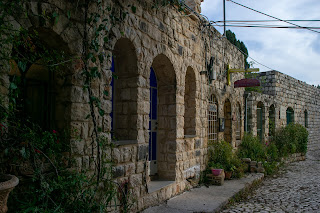During the time of Herod the Great, Zippori (Tzipori/Sepphoris), located not far from Nazareth, was the capital of the Galilee.
It was a city of great wealth, surrounded by the fertile fields of the lower Galilee. It got its name from a bird that perches on top of a mountain, because that's what it looked it. While ownership of the city passed back and forth from the Greeks to the Romans to the Jews, it was back in the hands of the Romans by the time of Constantine, and in 363 AD, was completely destroyed in an earthquake.
But let's back up a minute. In 47 BC, Herod the Great became the governor of the Galilee and took Zippori by force. After his death in 4 BC, the Jews there revolted. The Roman army burned the city to the ground, put out the rebellion, and sold the Jews into slavery. Then Herod's son, Antipas, rebuilt and fortified Zippori, or, as it is better known in the Bible, Sepphoris.
This is significant because Zippori is only a few miles from Nazareth, and after a city has been burned to the ground, the need for skilled craftsmen like carpenters and stone masons would be great. A famous carpenter/stone mason and his son from Nazareth likely came and worked there: Joseph of Nazareth and Yeshua, or, Jesus. So while there's no actual story putting Jesus in Sepphoris in the New Testament, it's very likely Jesus physically walked these streets and worked on some of the buildings (perhaps under the layer that is exposed today). It's also believed in church tradition that Mary, the mother of Jesus was actually from Zippori, and her family lived here.
Zippori in 2022 is an active archeological site, but it is open as a state park to visitors, where they can explore the streets, public buildings, private dwellings, a market, a bath house, a fortress, aqueduct system, church, ancient synagogue, and even a theater! Throughout the site are incredible, intricate mosaics that speak to the wealth and culture of the city during the Byzantine period.
Are you ready to explore? Let's go!
Can you see yourself strolling alongside this ancient city? The expanse of it was incredible! And then to walk up to these mosaics... gorgeous! There are more than 40 that have been discovered. Many of them are in the Nile house, but some are out in the open, like here:Look! My first ARCHAEOLOGICAL DISCOVERY- a cherry jolly rancher!!!! (Thanks to my friend who left it for me to find when I turned my back, haha).
Now, the theater:







